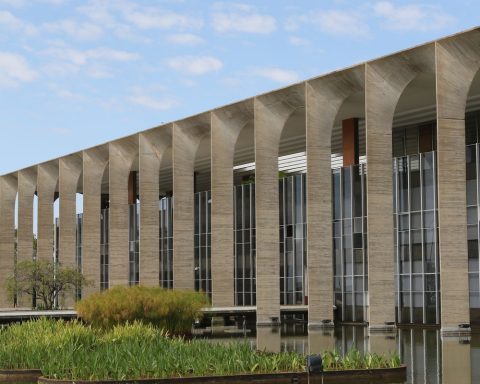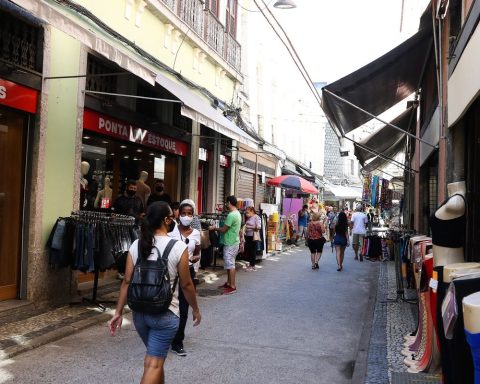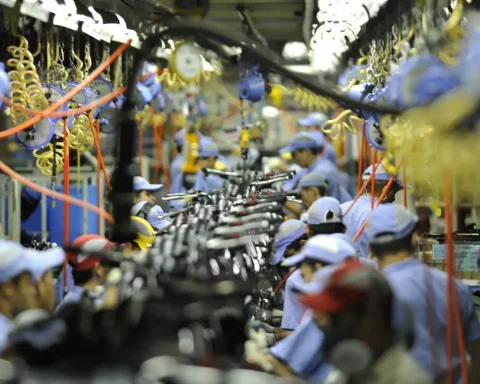The balance of credit granted by the financial system to the private sector has almost doubled in the last 21 years. The volume rose from 27.3% of Gross Domestic Product (GDP, the sum of all goods and services produced in the country) in December 2000 to 52.9% of GDP in December 2021.
The data are contained in a note released today (3) by the Institute of Applied Economic Research (Ipea), which analyzes the impacts of the proposals on the credit market, under debate in the National Congress. The institute hopes that these measures will result in an increase in credit and a reduction in its cost.
The set of measures proposed to attack credit market distortions have sought to increase the transparency, solidity and security of financial instruments and create mechanisms so that groups and individuals, currently restricted to credit, can also use this market under reasonable conditions”, he said. the director of Macroeconomic Studies and Policies at Ipea (Dimac), Marco Cavalcanti, who co-authored the note with Francisco Luna, deputy director at Dimac.
According to IPEA, the expansion of credit in Brazil, in addition to following international trends, was driven by changes in the legal and institutional legislation of the Brazilian credit market. Despite this, even with the advances, “the imperfections and frictions that persist in the credit market make it difficult for important segments of society to access and recent measures seek to minimize them”.
According to Ipea, the interest differential between the modalities is one of the most important symptoms of these imperfections. “The average interest rates with free resources, which correspond to financing contracts and loans with interest rates freely agreed upon, is 35% per year, while that of earmarked resources, which are regulated contracts or linked to budget resources, is 9% a year.”
In February 2022, public sector workers’ payroll loans had rates of 20.4% pa, while private sector payroll loans rates were 36.2% per year. In the non-consigned personal loan, the rates reached 83.4% per year.
Ipea hopes that the effects of the changes debated in the National Congress will be positive and that they will result in an increase in credit and cost reduction, that is, “reducing the problems of misallocation of resources and increasing the general productivity of the economy, with positive impacts still at the level of per capita income”.
Currently, there are multiple legislative measures proposed both by the Executive and by parliamentarians, in an attempt to solve problems characteristic of the credit market, according to Ipea.
Among the proposals, we highlight the Bill No. 4.188/2021, which deals with the New Guarantee Framework; Provisional Measure (MP) No. 1085/2021, relating to the Electronic System of Public Records; MP No. 1,104, on the electronic signature to issue the Rural Product Certificate and Solidarity Guarantee Fund; MP No. 1,107, on the Digital SIM; and MP No. 1,114, which defines the Fundo Garantidor de Habitação Popular and the Union’s participation in credit risk guarantee funds for micro, small and medium-sized companies.
















